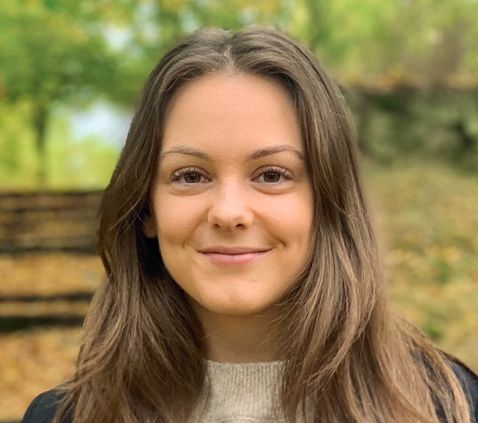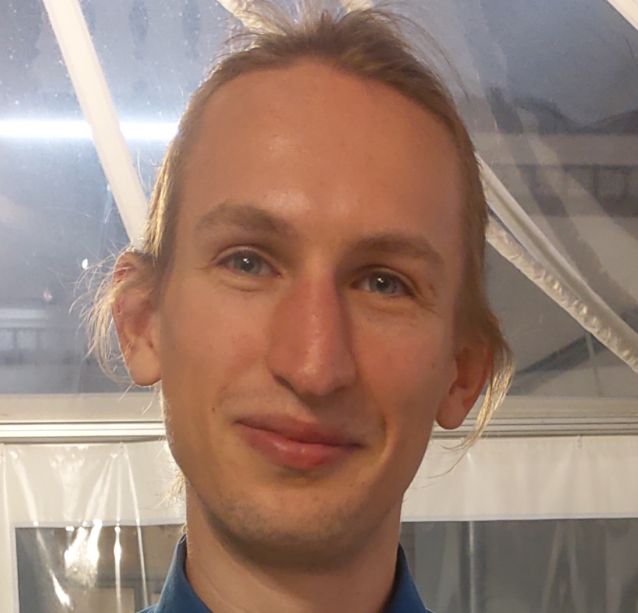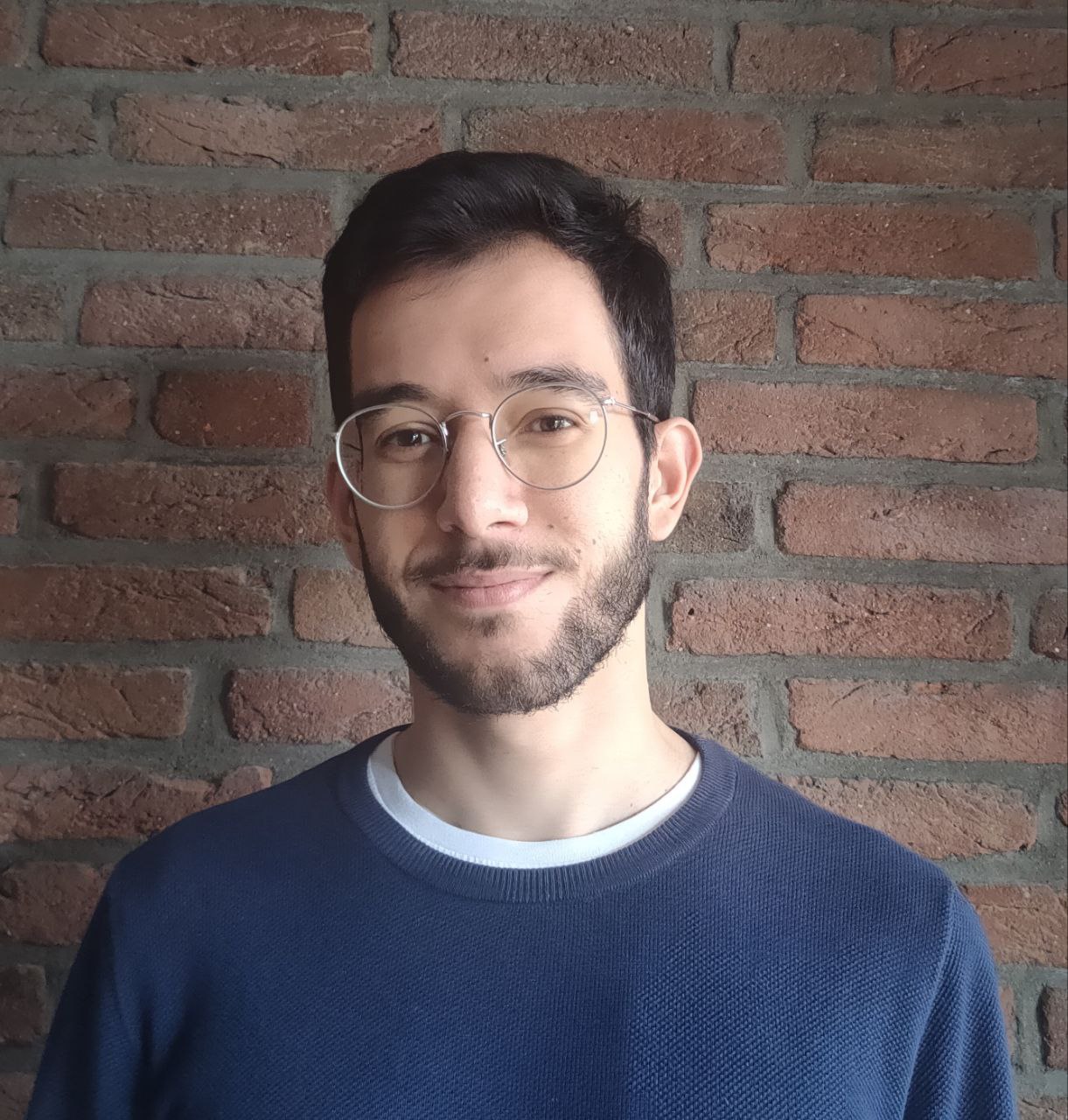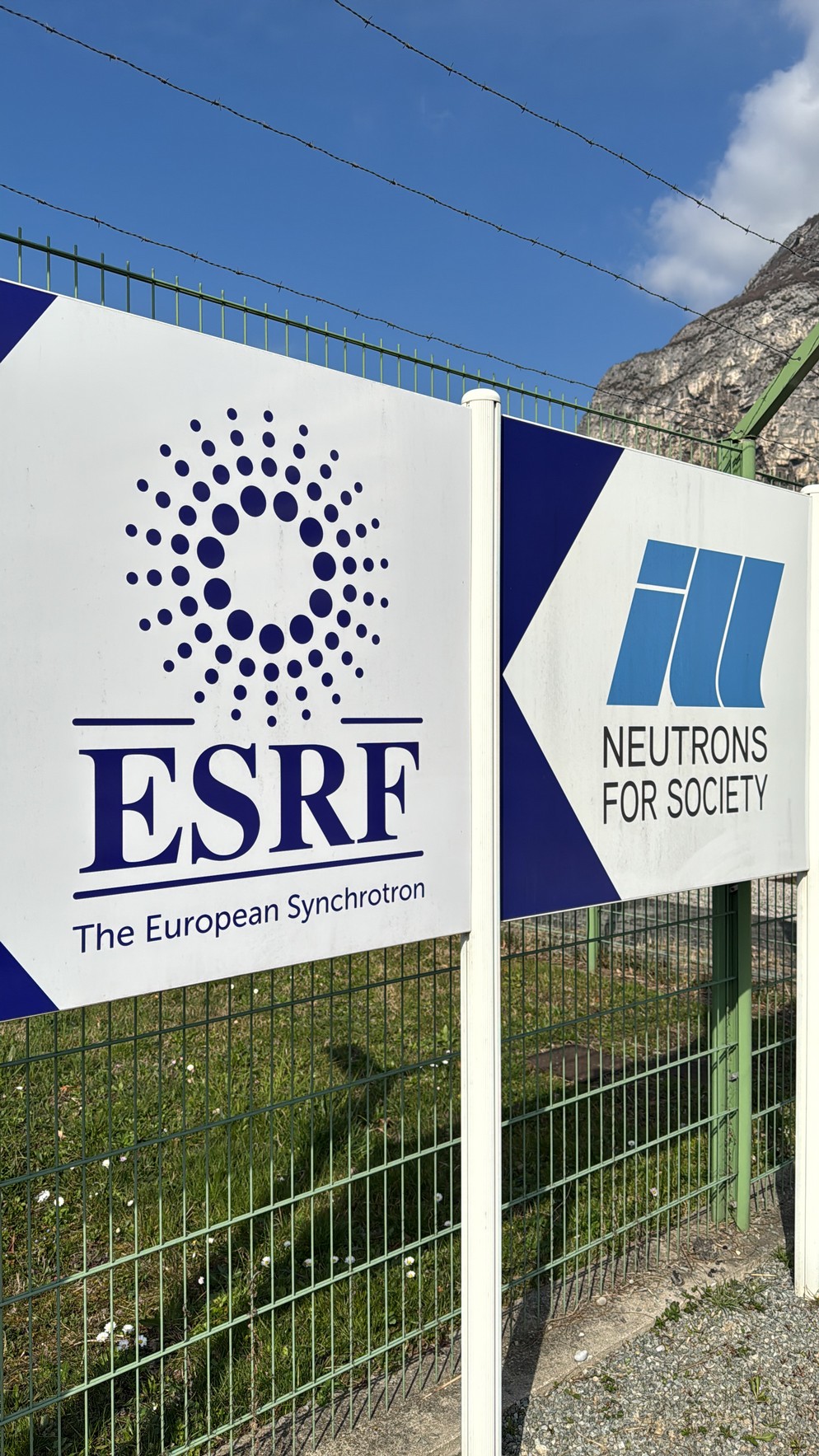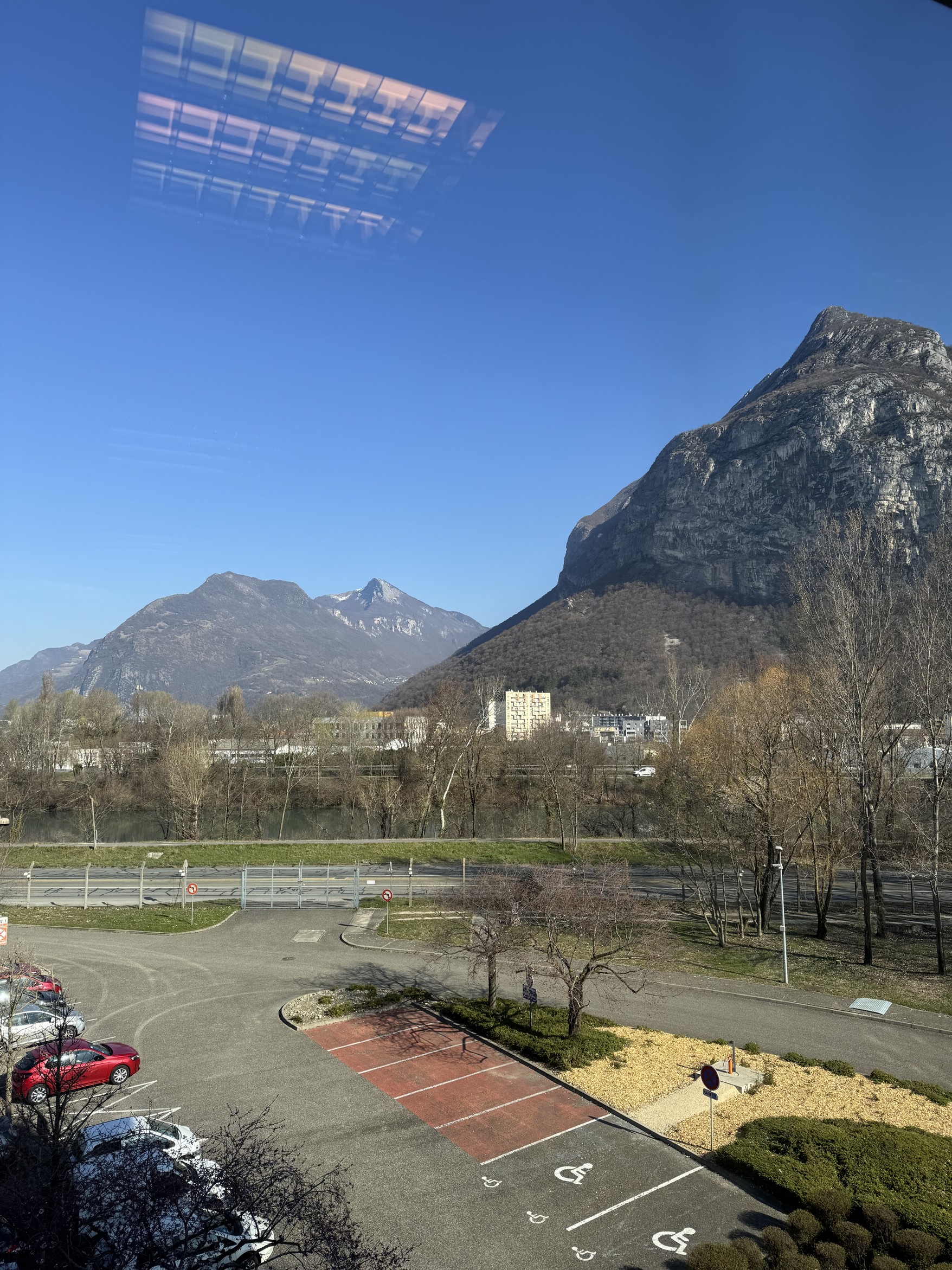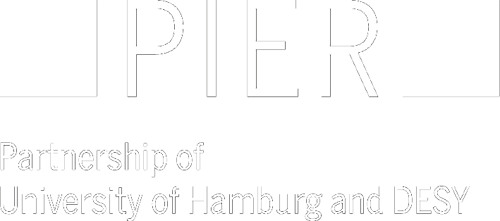Edgar Christopher Cortes Garcia - Travel Award Interview
PORTRAIT | Travel Grant
Edgar Christopher Cortes Garcia is a doctoral researcher at DESY in the MPY group. In 2025, he won one of four this year's PHGS Travel Awards and received 3000 € to finance participation in scientific events. In an interview, he spoke with us about his research stay at ESRF in Grenoble, and what kind of tips he has for future applicants to the travel award scheme of the PIER Helmholtz Graduate School.

Congratulations on winning the PHGS Travel Award 2025. You are one of a total of four PHGS members who have won the 2025 award and thus received up to 3,000 euros to finance participation in a scientific event. For which event did you use the PHGS Travel Award money for?
Research stay at the European Synchrotron Radiation Facility in Grenoble, France.
Where, when and for how long did the event take place?
It was in Grenoble, France. I stayed there from the 28th of February until the 12th of March 2025.
Please describe the event. Who was the organizer? Were there many people present or only a few? Is it a regular event or a one-time event? What was the event about? Which speakers or interesting people were there?
The beam dynamics group at ESRF hosted me for around to weeks. They finished the commissioning in 2020 of the state-of-the-art electron storage ring, the Extremely Brilliant Source (EBS). There has been a very active collaboration between DESY-PETRA IV beam physics group and ESRF. Many aspects of the linear and nonlinear dynamics that will be present in PETRA IV are shared with the EBS machine.
Please describe your role at the event. Were you mainly a listener? A visitor? Did you give a talk or display a poster? Were you there to meet people for discussions?
In the last half-year we have investigated an interesting nonlinear resonant phenomenon, that was found in simulations at PETRA IV and could be reproduced experimentally at the ESRF-EBS. There is a formation of resonant islands, where beam can get trapped outside of the central orbit. We exchanged ideas and continued the collaboration. I mostly performed simulations to deepen our understanding of transient capture processes into the resonant islands. Moreover we discussed in detail the data analysis of previous beam time and simulation results. One of the most important tasks was the discussion and planning with different colleagues for the next experiment. I took part in meetings to determine, how can we best diagnose the islands. Essentially, we want to take a picture of them, which turns out to be very challenging.
Please describe how you benefited from the event. Did you get the chance to broaden and strengthen your network? Did you gain new scientific knowledge and/or received feedback on your scientific findings? Were you able to clarify questions that will help you in your further work on your doctorate?
Thanks to this opportunity, we could discuss more in detail the results, which broaden my understanding of the experimental setup. I had the chance to have very technical and detailed discussions with colleagues. This helped me broaden my scientific knowledge.
Finally, in the context of PETRA IV we took the opportunity to investigate a fascinating phenomenon. Future applications can lead to advance operation modes for PETRA IV at DESY.
What was the best thing about the event?
The views to the Alps and the colleagues.
Was it worth taking part in the event respectively having made the trip?
100%, I would do it again.
Thank you very much, Edgar, and all the best to you for your further studies!

